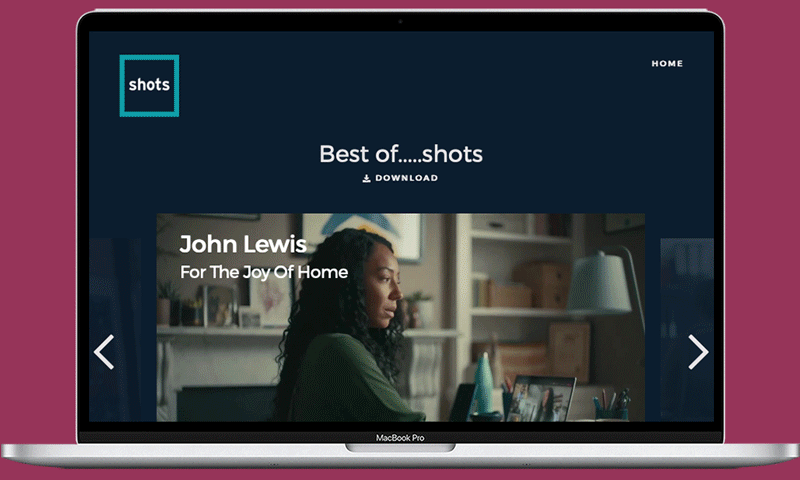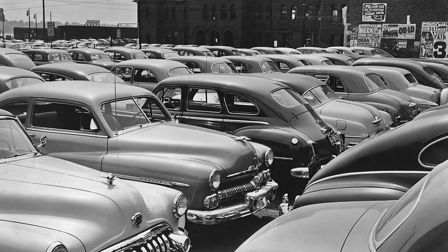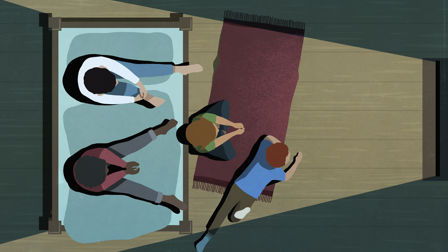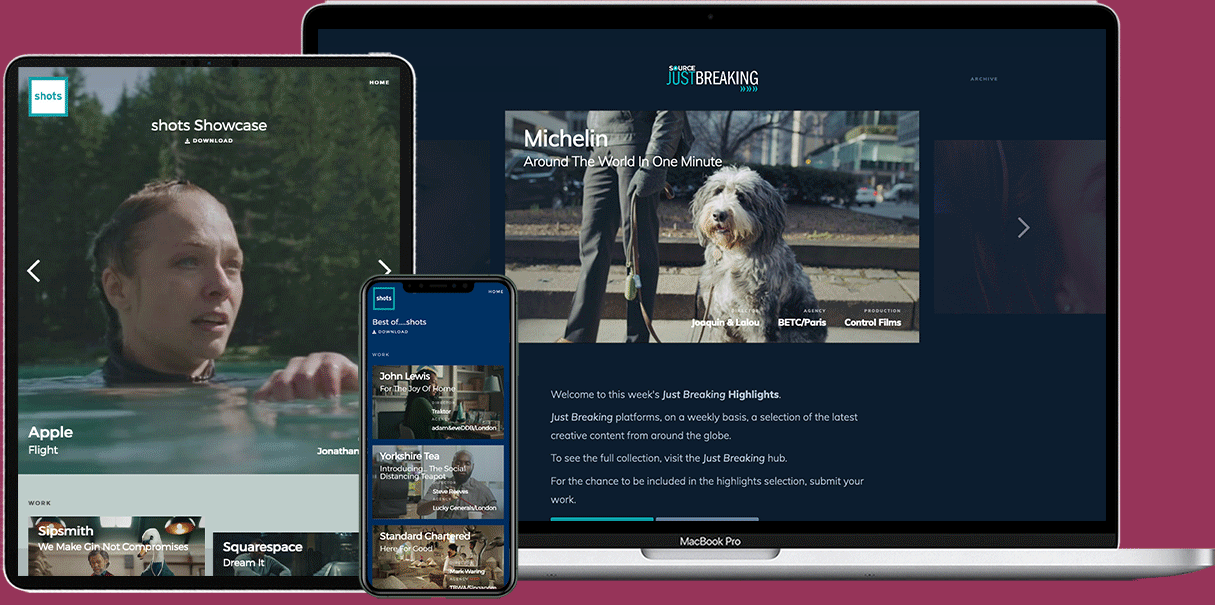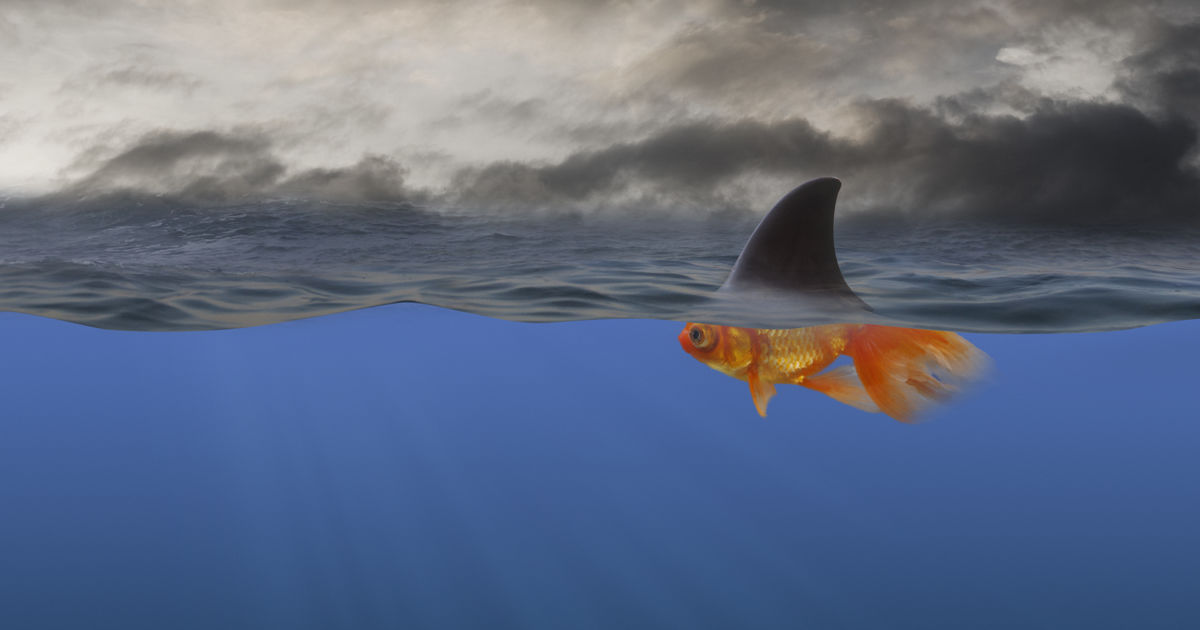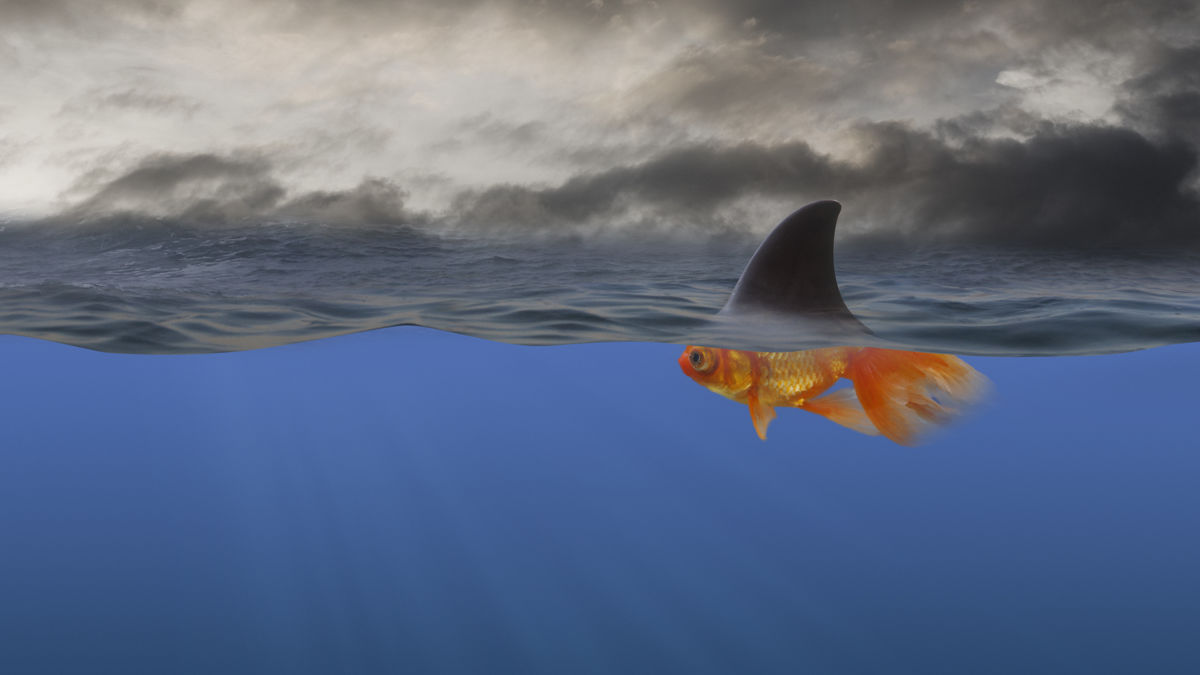Want to make great commercials? Try 'sadvertising'
If there's one thing guaranteed to bore a consumer, argues The Moon Unit, it's relentless positivity, because the ebb and flow of emotions is what creates a connection. Clients don't always see that, but mixing negativity with something more positive is a proven path to success.
You can’t put a PowerPoint slide on TV. Marketers desperately wish they could – their lives would be so much simpler – but they know they can’t.
They understand that their beloved ‘product benefits’ and ‘unique selling points’ need to be wrapped up in humour, emotion… something to help the medicine go down.
The problem is, [clients] insist on only positive emotion. And that does not work.
So, regretfully, they’re forced undergo the expense, time-cost and irritation of working with advertising agencies and production companies to make commercials for them. “I want emotion,” they say, “I want to make the audience really feel something.”
That’s great. And they truly believe what they’re saying. But, unfortunately, their understanding of how to achieve it falls short. Because when they say they want emotion, what they mean is they want positive emotion – to leave people feeling positive about the product. Which is fair enough. But the problem is, they insist on only positive emotion. And that does not work.
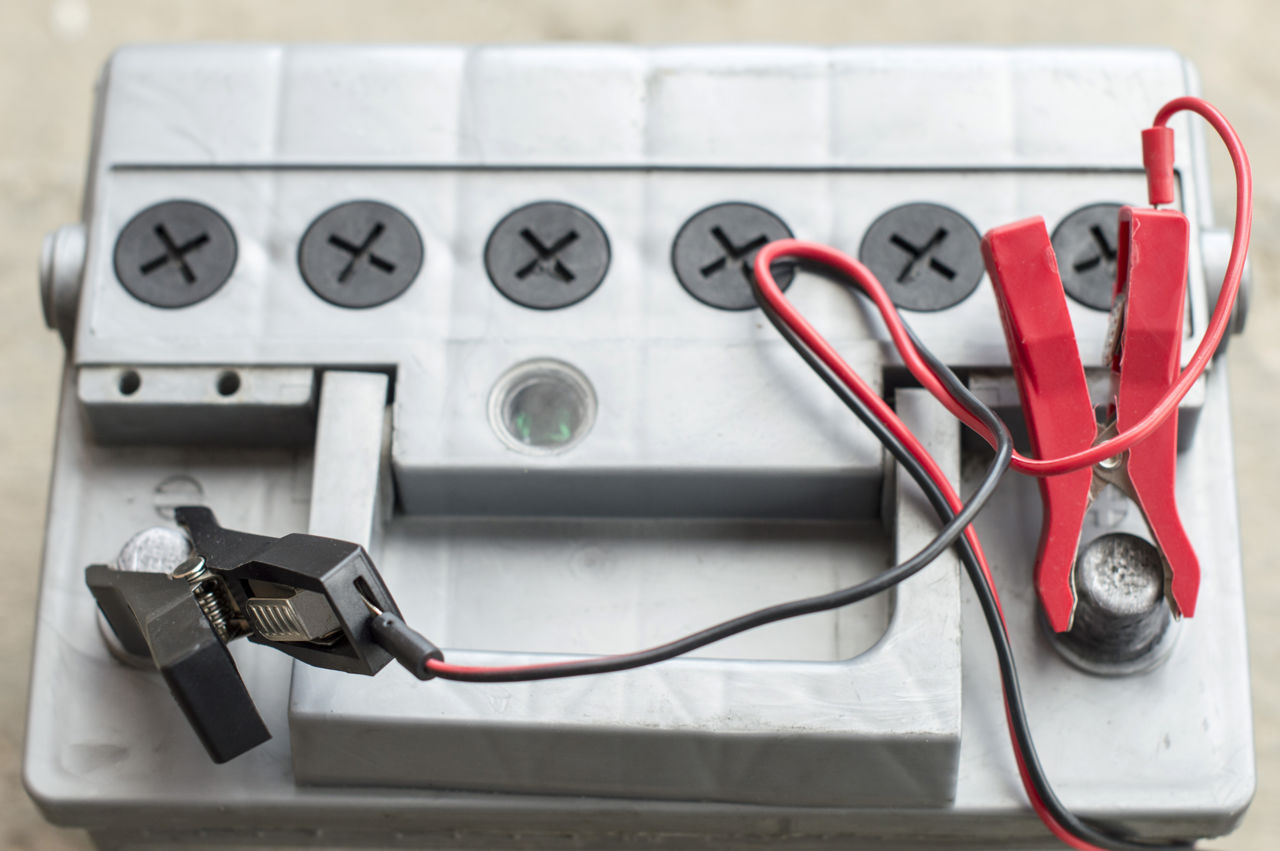
Above: Like a battery, a commercial needs a positive and a negative, or it's a flat line.
A commercial for which the emotional tenor is positive from beginning to end is a flatline. Think of it this way: batteries produce a charge because electrons flow from the negative to the positive terminal. With only a positive terminal and no negative terminal, no charge would be created. The battery would be flat, and it would produce no power.
There is nothing more boring – to the point of being unbearable – than watching 30 seconds of people smiling and having fun.
The same is true for commercials. When clients insist on ‘only positivity’, they end up with an ad that has no charge, no power. There is nothing more boring – to the point of being unbearable – than watching 30 seconds of people smiling and having fun. It’s saccharine. And that’s another way to think of the problem. A dessert that is pure sugar makes us feel sick. Cut the sugar with something bitter or salty, and you can create magic. Like salted caramel ice cream.
Example: the famous Chipotle Super Bowl ad known as Back to the Start. Although this commercial starts off happy, it soon takes a dark turn. The protagonists inadvertently create a factory-farmed hellscape of ill-health, depression and death. It’s a literal dystopia. How’s that for negativity? But, of course, it all comes good at the end, in a triumph of good feeling and positivity. That’s the charge.
Credits
powered by
-
- Production Company Nexus Studios/UK
- Director Johnny Kelly
-
-
Unlock full credits and more with a Source + shots membership.
Credits
powered by
- Production Company Nexus Studios/UK
- Director Johnny Kelly
- Executive Producer Cedric Gairard
- Director of Photography Matthew Day
- Producer Liz Chan
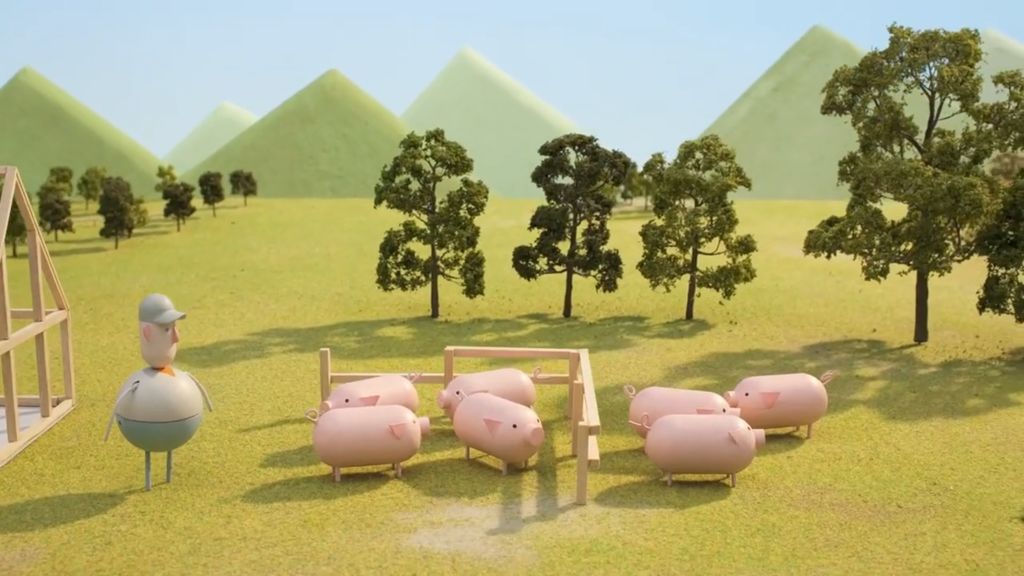
Credits
powered by
- Production Company Nexus Studios/UK
- Director Johnny Kelly
- Executive Producer Cedric Gairard
- Director of Photography Matthew Day
- Producer Liz Chan
Above: Chipotle's Back to the Start features a factory-farmed hellscape of ill-health, depression and death, but it all comes good in the end.
Or take P&G’s Thank You, Mom campaign. The 2016 Rio Olympics version shows the protagonists in dark, negative and threatening situations caused by a tornado, a speeding car, a malfunctioning elevator, aircraft turbulence, bullying and unwelcome male comments, before they finally triumph and the audience reaps its rich reward of positive emotion.
The issue we have is that not all clients and their allies, such as agency account handlers, are as enlightened as Chipotle and P&G. They’re quick to complain that “you’re focusing on the negative”, “it’s too dark”, or “this will be a downer for the audience.” So, how to handle these complaints, and ensure you don’t get pushed into making something sickly-sweet that will make awards juries throw up in their mouths?
Clients and agency suits are generally rational people who aren’t comfortable in the world of emotion.
There are three main arguments that can be deployed. The first is to claim that you are using a ‘problem-solution’ structure. Clients and agency suits are generally rational people who aren’t comfortable in the world of emotion. Reframing the conversation by referencing one of the most famous, trusted and long-established constructs in the history of marketing communications is a way to place the debate in a context they respect.
Secondly, you can explain that the emotion needs to be earned. This makes sense to clients because they are used to paying for things. Anything they want for their brand – from research to packaging to the raw materials needed for manufacture – comes at a cost. Therefore, they seem to accept that the same holds true for emotion. If they want it, they need to be prepared to pay for it. And if that means sacrificing a few seconds of their beloved positivity, then so be it.
Credits
powered by
- Agency Wieden + Kennedy/Portland
- Production Company Rattling Stick/USA
- Director Jeff Nichols
-
-
Unlock full credits and more with a Source + shots membership.
Credits
powered by
- Agency Wieden + Kennedy/Portland
- Production Company Rattling Stick/USA
- Director Jeff Nichols
- Executive Creative Director Karl Lieberman
- Creative Director Global Eric Baldwin
- Copywriter Matt Mulvey
- Executive Producer Integrated Erika Madison
- Art Director Lawrence Melilli
- Executive Producer Joe Biggins
- Line Producer Sally Humphries
- Editor Peter Wiedensmith
- Assistant Editor Dylan Sylwester
- Post Producer Jen Milano
- Post Executive Producer Leslie Carthy
- Executive Creative Director Phil Crowe
- 2D Lead Artist Glyn Tebbutt
- 3D Lead Artist Nick Lines
- VFX Executive Producer Enca Kaul
- Colorist Tom Poole
- Producer Rochelle Brown
- Music Supervision Walker
- President/Founder Sara Matarazzo
- Sound Designer Brian Emrich
- Additional Sound Design/Mix Noah Woodburn
- Mix Company Eleven Audio
- Audio Mixer Jeff Payne
- Producer Suzanne Hollingshead
- Song "Experience" Ludovico Einaudi
- DP Adam Stone

Credits
powered by
- Agency Wieden + Kennedy/Portland
- Production Company Rattling Stick/USA
- Director Jeff Nichols
- Executive Creative Director Karl Lieberman
- Creative Director Global Eric Baldwin
- Copywriter Matt Mulvey
- Executive Producer Integrated Erika Madison
- Art Director Lawrence Melilli
- Executive Producer Joe Biggins
- Line Producer Sally Humphries
- Editor Peter Wiedensmith
- Assistant Editor Dylan Sylwester
- Post Producer Jen Milano
- Post Executive Producer Leslie Carthy
- Executive Creative Director Phil Crowe
- 2D Lead Artist Glyn Tebbutt
- 3D Lead Artist Nick Lines
- VFX Executive Producer Enca Kaul
- Colorist Tom Poole
- Producer Rochelle Brown
- Music Supervision Walker
- President/Founder Sara Matarazzo
- Sound Designer Brian Emrich
- Additional Sound Design/Mix Noah Woodburn
- Mix Company Eleven Audio
- Audio Mixer Jeff Payne
- Producer Suzanne Hollingshead
- Song "Experience" Ludovico Einaudi
- DP Adam Stone
Above:P&G's Thank You, Mom is dark and negative in places, but ends with a feeling of triumph and positivity.
Finally, you can try the argument that you need to create a story arc. This approach comes at the problem from a different angle to the previous two. Instead of giving them greater clarity by framing the debate in terms familiar from their world, you introduce greater mystery by framing the debate in the terms of a world that they don’t understand but have huge admiration for – the world of movies.
[Clients] see an ad as a kind of PowerPoint-in-motion. And it’s our job to make that move people.
Clients and agency people revere movies just like directors do. However, they lack all but the most basic familiarity with how they are made. They love the concept of ‘story’, they've heard the term ‘story arc’ and, though they don’t know exactly what it means, they can picture a down and an up. This is how you can tell them that the negative emotion is needed. It’s needed for the story arc. The idea that their ad might lack a story arc, and therefore in some way might not make sense to the audience, fills them with terror.
Because, at the end of the day, clients exist in a world of explaining. They see an ad as a kind of PowerPoint-in-motion. And it’s our job to make that move people.


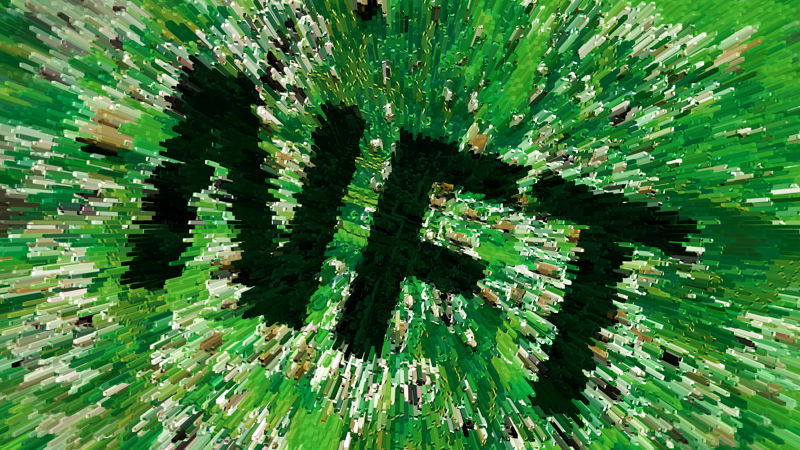
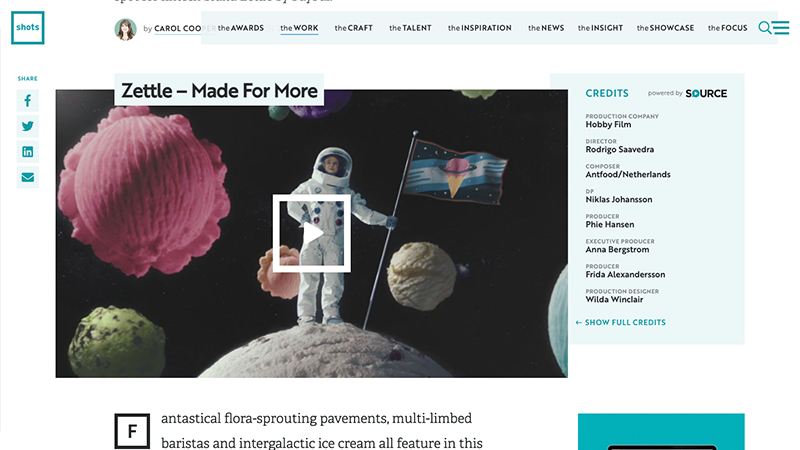

 + membership
+ membership